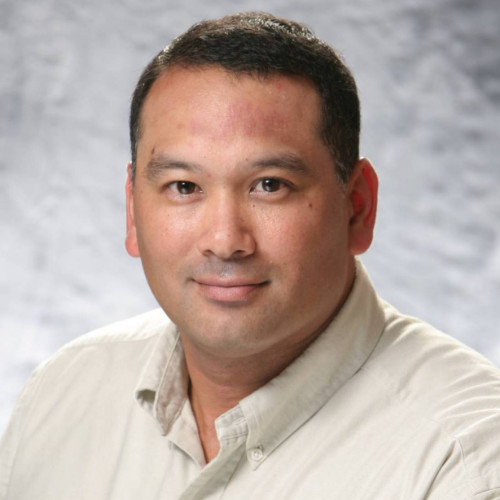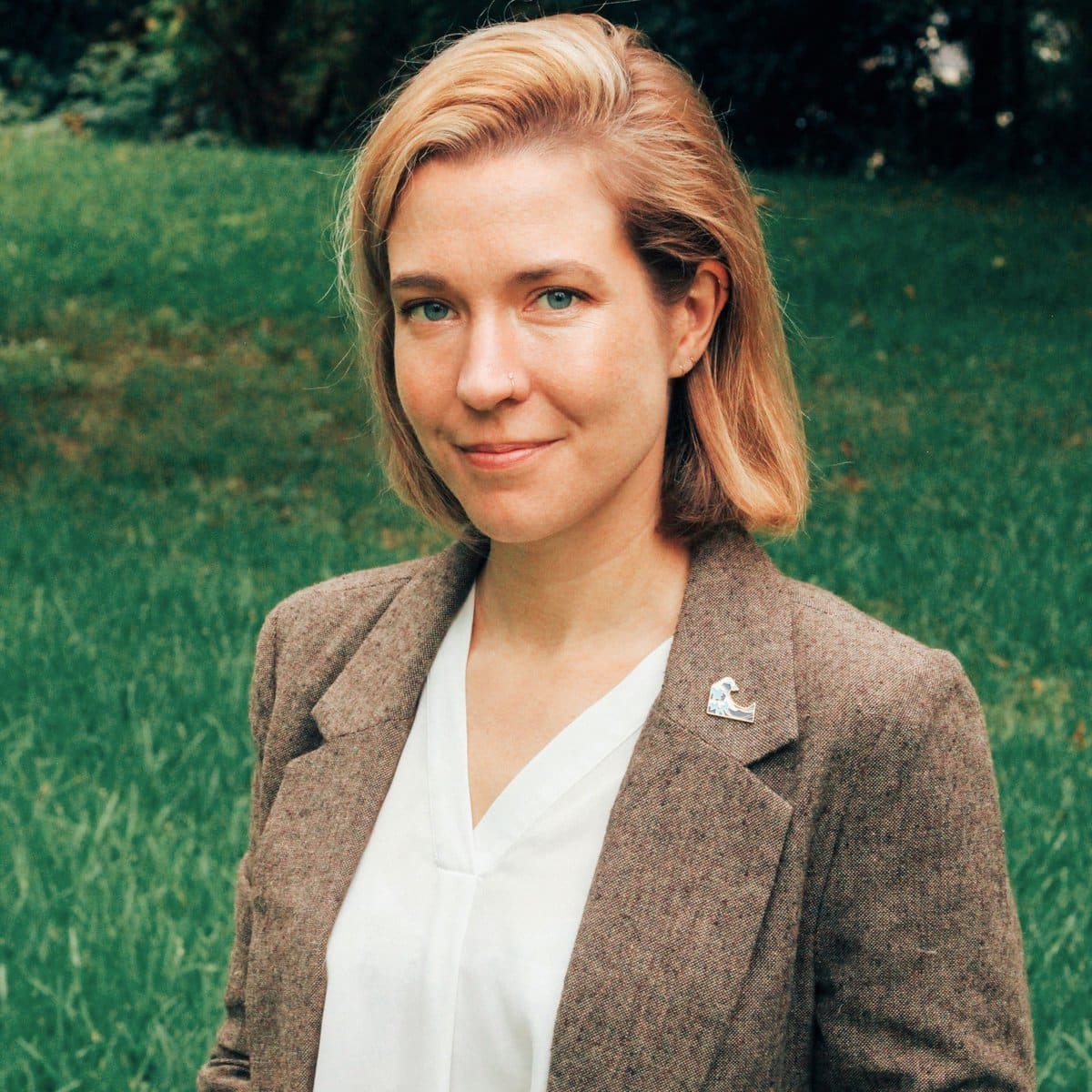Nature-based solutions (NBS) are of growing interest in many parts of the world as scientists, engineers, policymakers, and others look for new ways to address the numerous challenges related to climate change. In Season 7, Episode 2, host Sarah Thorne is joined by cohosts from the US Army Engineer Research Development Center (ERDC): Burton Suedel, Research Biologist in the Environmental Lab; and Amanda Tritinger, Deputy Program Manager for the Engineering with Nature Program (EWN) and Research Hydraulics Engineer in the Coastal and Hydraulics Lab. Their guest is Paul Cruz, Senior Program Manager in International and Interagency Services in the Pacific Ocean Division (POD) of the US Army Corps of Engineers (USACE). They’re talking about advancing the application of NBS by building relationships with colleagues in the Pacific region.
With a military background and experience in exercise planning, contingency planning, and security cooperation, Paul joined USACE in Interagency and International Services at Fort Shafter in beautiful Hawaii. “The Corps offered a unique opportunity for me to not only leverage my interagency acumen but to get involved in some really neat and interesting opportunities. I like to tell people I went from the 8-crayon box set to the 200-crayon box set with a pencil sharpener on the back, working with all these scientists, engineers, and research personnel on new and exciting topics and capabilities that we bring to the table as we engage our allies and partners all around Asia. And certainly EWN was one of those capabilities that I thought, ‘This is really interesting stuff.’”
Describing his role in pursuing engagement opportunities abroad, Paul describes how USACE’s actions are driven by US National Security Strategy and US National Military Strategy. The US Indo-Pacific Command (PACOM) uses these strategies to identify objectives by country. As an example, Paul describes current efforts to assist with dredging the ports at Philippine Navy bases to support new vessels that have a deeper draft. While supporting this effort, “we also had an opportunity to meet with the Department of Public Works and Highways (DPWH) to get a much more comprehensive sense of some of the dredging challenges within the Philippines. They had some introduction to USACE in different international workshops and were impressed and wanted to know more. So, we took advantage of the opportunity to support them with their dredging challenges because it was helping facilitate the military side, and we started to see a real growing relationship between the USACE and the DPWH within the Philippines—two agencies that have a lot of the same mission sets.”
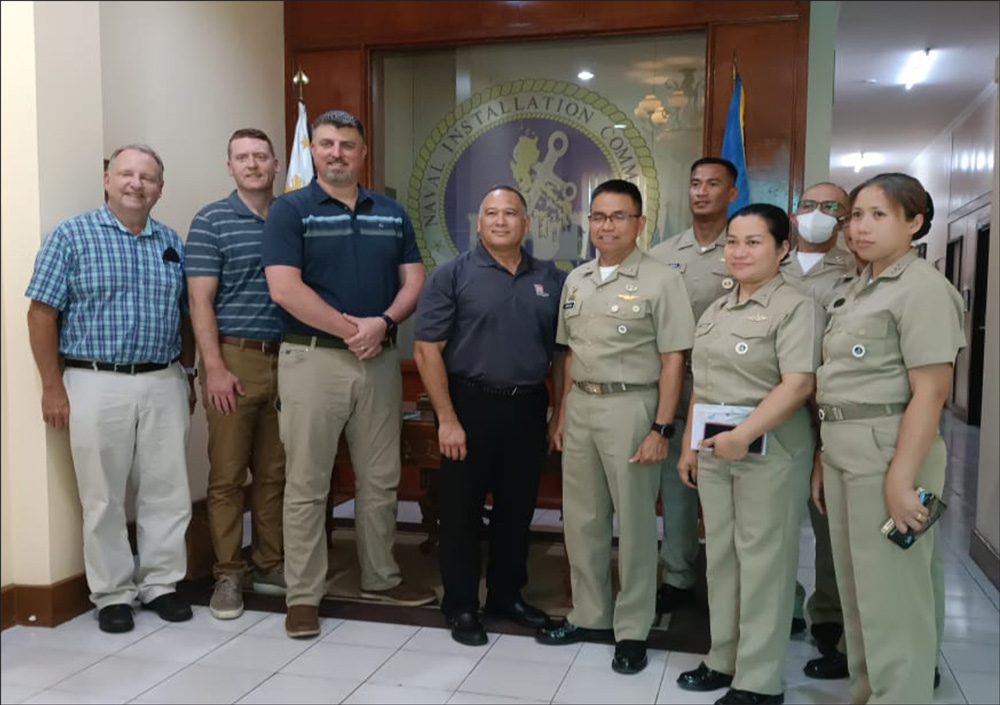

This led to additional engagements on typhoon recovery and flood control and, with the Philippine Department of Environment and Natural Resources, on reclamation projects within the Bay of Manila. Burton participated in discussions on the reclamation projects and presented some EWN opportunities. As he says, “this shows how our security cooperation opportunities can support our military objectives.”
Paul and Burton’s engagement with the Philippines was just one of many exchanges in the Pacific Region that Amanda and Burton participated in, including several with Taiwan and Japan. In March 2023, Amanda participated in a technical exchange hosted by the Taiwan Water Resources Agency (TWRA) designed to share opportunities and lessons learned from research that would be beneficial to both Taiwan and the United States. Over 100 participants from academia, local and federal agencies, and NGOs took part and expressed a great deal of interest in the knowledge that the USACE and TWRA had to share. As Amanda notes, “The audience asked many burning questions. They ranged from a professor who asked a numerical modeling question about what coefficient to use to rate a nature-based feature, to a stakeholder asking about how we talk with communities, to a landscape architect asking how we talk to engineers. These are questions we get asked in the US, too. We enjoyed participating in the panel. I believe to this day we’re applying what we learned and brought home to our respective countries.”
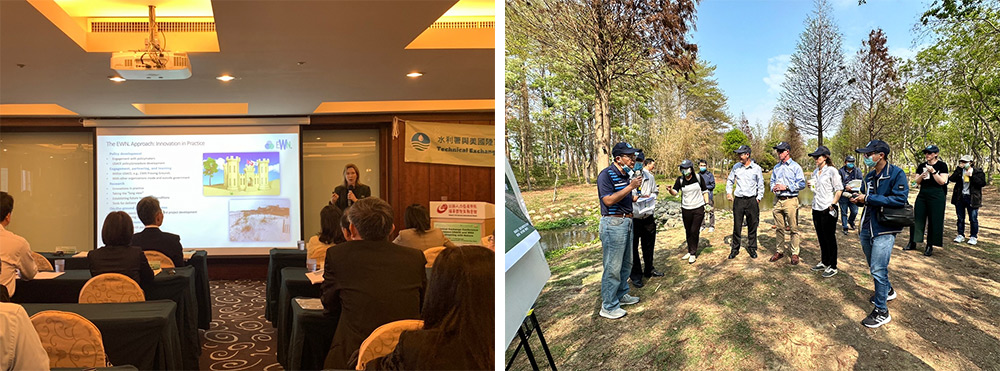
In October 2023, Burton attended the Taiwan International Water Week hosted by TWRA. Building on Amanda’s experience, Burton was particularly interested in hearing stories from Taiwanese colleagues and learning “what NBS they’re using and how they’re being applied in-country. I looked forward to having opportunities to work side by side and interact with TWRA personnel, academics, staff at universities, and to present to the students too. It was a great opportunity to share some of our best practices and try to relate them in ways that the next generation of professionals—scientists, biologists, engineers, and other disciplines—can pick up on.”
In the Portland District in 2022 and in the Seattle District in 2023, USACE hosted technical exchanges with delegations from the Japanese Ministry of Land, Infrastructure, Transport, and Tourism (MLIT). These exchanges were particularly insightful as both countries face similar issues in their coastal environments. As Amanda describes it, “I learned a ton from being in the room when Japan shared their issues and the solutions they’ve come up with. I think the most impactful part for EWN is that we talk a lot about multibenefit solutions. What I saw a lot was multi-issue problems in Japan with compounding effects—there was flooding, plus wave action on storm events, and the most subsidence I’d ever seen, plus the risk of volcanic activity. So, while multibenefit may be seen as nicety for us, for Japan, it’s a necessity. It was really impactful to see the need for resilient infrastructure solutions.”
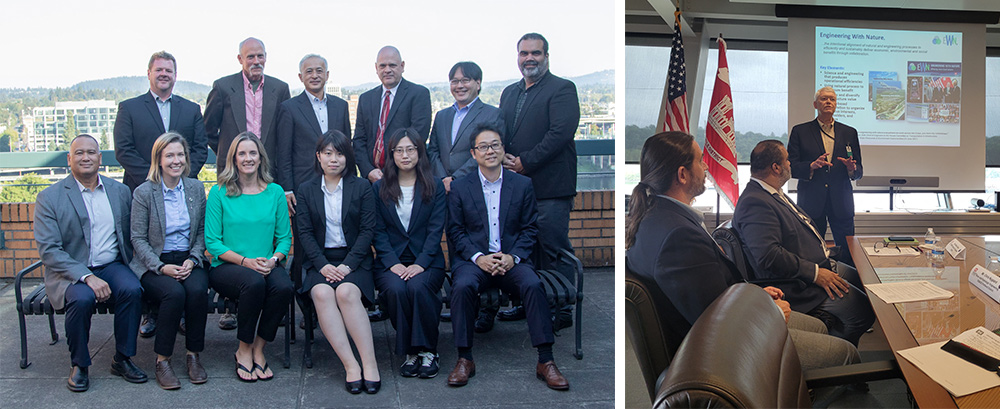
Burton adds that the Seattle District and the Seattle area have a great history of incorporating and implementing EWN principles in their projects; and the 2023 exchange presented an opportunity to show the Japanese delegation some examples, including the Snohomish River Estuary Restoration Project and the Duwamish River People’s Park. “Having the opportunity to see those projects up close and personal with the Japanese delegation provided a really good example of how EWN can be implemented in practice.”
Amanda, Burton, and Paul all underscored the value of building these relationships in the Pacific Region. As Paul notes, “From a military perspective, we don’t do anything anymore alone. It’s always together. So, having these types of engagements really deepens our relationships with our partners and allies.” Burton highlights the opportunity for mutually beneficial exchanges: “To me, it’s mutual learning—us learning from them and them learning from us. I’m always pleasantly surprised how engaged and engaging the participants are and how much progress they have made to incorporate innovative EWN principles and practices into their projects. They are really going beyond conventional infrastructure approaches.” Amanda adds: “Innovation and change are difficult things to figure out. We need to keep trying and learning lessons from those tries and those failures that are part of the innovation process. Building deep relationships that are sustainable is so important to advancing the practice. After a week of getting stuck in the rain, pointing at wetlands, and natural and nature-based features together, you get to a place where you can openly say, ‘That didn’t work, but this could’. I think to progress the practice and support a sustainable future, we need to engineer with nature, but we need to engineer with humanity too.”





